It's a bountiful life: 'Farmer and the Dale'
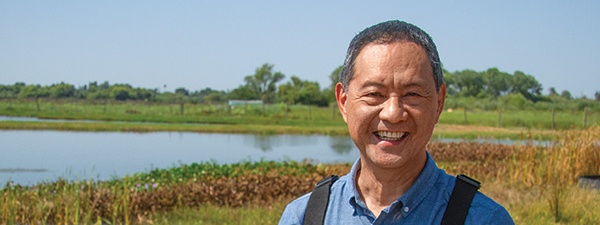
Winter 2025 California Bountiful magazine
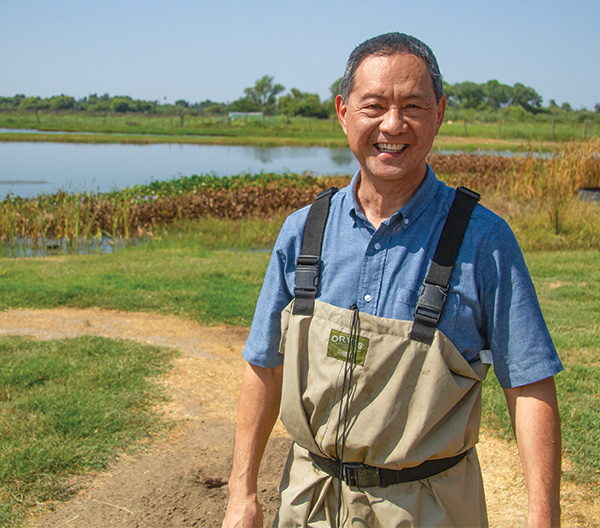
TV station journalist brings agriculture news to his community
Interview by Linda DuBois
Photos by Christian Parley
Dale Yurong is a revered TV reporter and anchor for ABC30 in Fresno, a station where he’s worked since his college graduation in 1983. When he’s not anchoring newscasts, he covers housing issues and Central Valley agriculture in regular segments called “Ag Watch.” He also tells the complete farm-to-fork story through “Valley Grown,” a 30-minute agriculture-focused special that runs quarterly, and the weekly “Dine and Dish” segment about local restaurants.
He’s won an Emmy and the Edward R. Murrow Award (for broadcast journalism), was once named Associated Press Reporter of the Year and is a four-time winner of the Fresno County Farm Bureau Journalism Award.
How did you get into journalism?
I was born and raised in Stockton and when I was a kid, I was a sports nut. I would stay up late and watch the 11 o'clock news for the sports report. So, I was the sports editor in junior high for the paper and yearbook. Later, I attended the University of the Pacific and worked in radio for four years. I graduated in 1983, and ABC30 in Fresno came calling—and I’m still here!
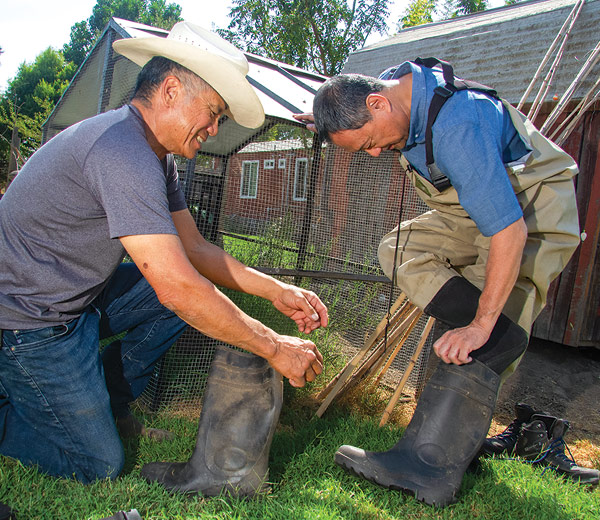
What all have you done at ABC30?
At first, I was a writer and assignment editor before I got my chance to be a sports anchor. Then in about 2000, management wanted me to switch and become a news anchor. So, I anchored our morning newscast for about four years and today I anchor the 4 p.m. and 6:30 p.m. newscasts. But I’m still out in the field doing a couple of reports each week.
How did you get started in covering agriculture?
It started in about 2006. We had a news director who wanted to put a reporter on a new agriculture beat, and at the end of the discussion I said, “You know what—I’ll do it.” Agriculture is the No. 1 industry in our area and a topic we didn’t pour a lot of resources into back then. It was something new, but I was sure I could find some very interesting stories to tell. I recall at the time I suggested we call it “Farmer and the Dale,” (laughing) but management preferred “Ag Watch.”
How did the “Valley Grown” show get started?
The (“Ag Watch” news segments) really resonated with the community because so many people and companies in our area are connected to farming, not just the fieldwork, but in packinghouses, shipping, truck and tractor sales, banking, fertilizer companies, everything from education to tech to water. Viewers were also getting more interested in seeing how their food was grown and where it was coming from. As a result, companies were interested in sponsoring an expanded show. We developed “Valley Grown” so we’d have a half-hour show to tell stories instead of just a two-minute segment. It’s a lot of work, but it’s enjoyable getting out and talking with people about what they do.
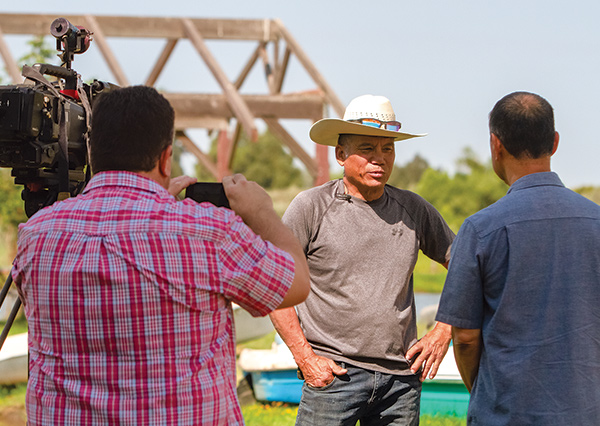
How do “Ag Watch” and “Valley Grown” differ in focus?
Usually, if the stories are issue oriented or political where we’re telling both sides of an issue, they’ll go in the newscast. Whereas, “Valley Grown” is more of a celebration of the ag industry and gives you a chance to get to know your farmers and what they grow and how certain crops are harvested. But it can change because we've devoted entire shows to water challenges and drought. So, every show's a little different.
How do you find some of the farmers to interview?
When I first started doing the ag stories, I turned to (CEO) Ryan Jacobsen at the Fresno County Farm Bureau. I knew he could be very effective in sharing the farmer's perspective. He’s become a valuable voice for the ag industry in our area. Over the years, I’ll just call him and say, “Hey, who grows this?” or “How far do I have to go to find this?”
What have you learned about farmers over the years?
I’m inspired by the farmers I talk to. Many of them are older and they just continue to work from sunup to sundown and that’s really incredible to see. I’ve seen 80-year-old ranchers hop fences to tend to their cattle, and I’ve said, “Oh my goodness! I need to start working out!” I mean, the work ethic and the hours they put in with their crews are amazing. It’s difficult work and sometimes the kids don’t want to follow that same path. I always ask farmers, “Who’s going to continue with the farm?” and there are always a couple who say, “It’s just too tough and my kids are going to do something else.”
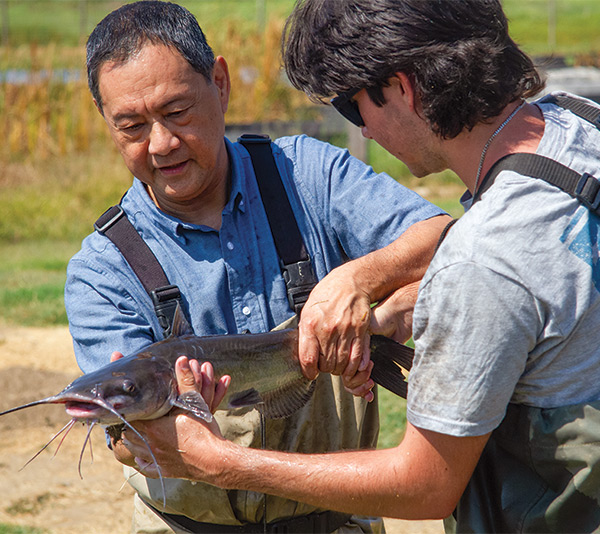
Why do you think it's important to bring stories of agriculture to the community?
When people get to know their growers, they get a better understanding of how much work goes into producing quality fruit and vegetables. I do a lot of stories about water issues, and we get years of drought at a time. Experts tell us that trend's going to continue, and those stretches result in very serious implications when it comes to farming, impacting entire communities. And I always tell people why it is so important to buy local. It supports the local economy and, also, there's nothing like fresh fruit off the tree or freshly cut asparagus from the valley. So, I'll just keep doing what I do. In the summer, you can find me sweating in the sun as I tell you a harvest story, and then, in the winter, you'll find me in a cold citrus orchard showing you how the growers protect their oranges from freezing temperatures.
What have been some of your most memorable stories?
Honestly, too many to count, but I do recall the late Marvin Meyers. He was an almond grower, and he was the first guy in California to build a private water bank. Marvin was truly a visionary. He would buy excess water during wet years and then let it soak into his underground aquifer and store it for when he would need it for irrigation during the dry stretches. That was one of the stories that won a Fresno County Farm Bureau Award. Several months later, Marvin called me and said, “Hey, I'm going to Sacramento to receive an award from the governor for being a great steward of the land. No one would've known about my water bank without your story.”
Then, in 2023 we worked on a water documentary. It was an all-encompassing project that took six months to complete and it was compelling enough that it would actually air from coast to coast. Our team was very proud of that project. It was something important that we wanted to do. People don't think about where their water comes from and how fragile the system really is.

